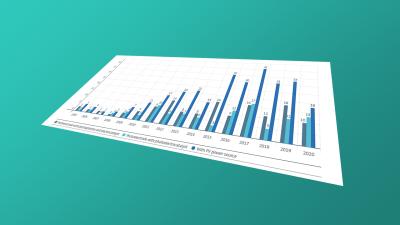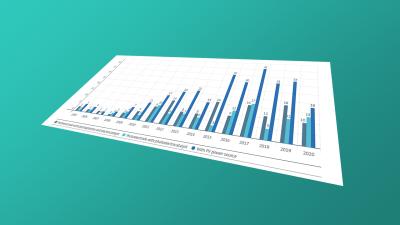Patenticulars
Searching in Espacenet: one number – several results?
When searching using numbers in Espacenet, number formats, country codes and even different calendar systems can pose challenges (see link to our series of Patent Knowledge News articles on calendar systems below).
You may often find, for example, that a single number returns multiple results.
A quick question – how many documents do you get when you search for the following in Espacenet? One, three, five or twelve?
JP2020002841
Fig.1: Espacenet search results for JP2020002841
Twelve might have been overdoing it, but the correct answer – five – may still come as a surprise. How is this possible?
Japanese number formats
In Japan, the application numbers and publication numbers (assigned when applications are published 18 months from the filing/earliest priority date) have the same format across all four major IP rights (patents, utility models, designs and trade marks). Since the year 2000, this is the year followed by a six-digit serial number: YYYYnnnnnn.
In the example above, the five results are displayed in order of earliest priority, with the most recent first. This is because Espacenet data is structured around patent families.
The five results at a glance
Fig. 2: The five results for JP2020002841 in Espacenet
- Here, JP2020002841 is the application number for a utility model. As there is no substantive examination for utility models in Japan, these are published only after registration – unlike with patents, utility models therefore have only a single publication number (under "Published as").
- Refers to an application number, this time of a patent document (kind code A).
- This is an international (PCT) application. Again, the number in our example is the application number. PCT application and publication numbers have the same number formats. This may result in another overlap if the PCT application is filed in Japan, as is the case here.
- Here, JP2020002841 is the application number for a Japanese design (kind code S). As they can be considered as prior art for patents, designs are available in Espacenet for certain jurisdictions. Note, however, that this collection might be incomplete.
- The last result shows a patent document with "JP2020002841" as the publication number of the application.
So it is important to understand not just the results, but also how the database you are searching is constructed and what kinds of documents it contains.
Keywords: Number format, number search, Japan, design, utility model














